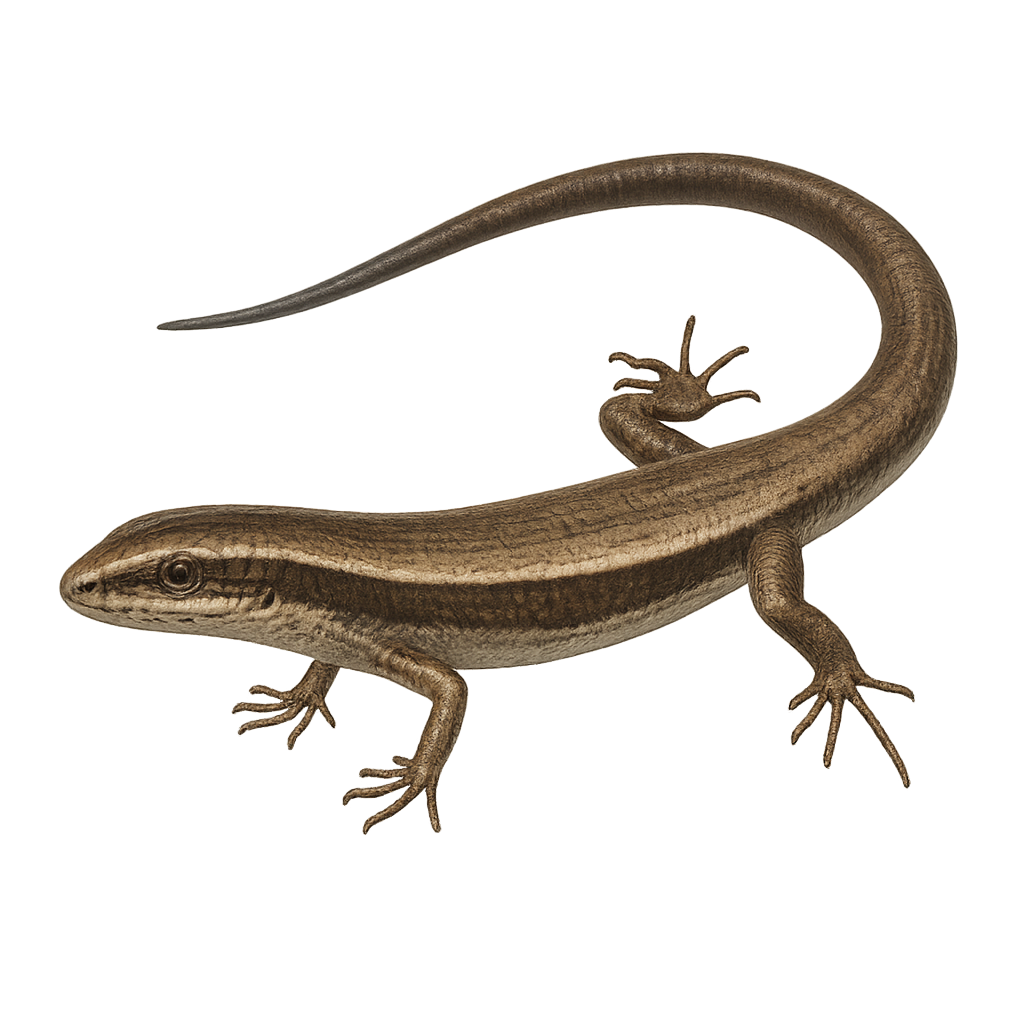Your wildlife photography guide.
Explore the european snake-eyed skink in detail, study its behavior, prepare your shots.
Where to observe and photograph the european snake-eyed skink in the wild
Learn where and when to spot the european snake-eyed skink in the wild, how to identify the species based on distinctive features, and what natural environments it inhabits. The WildlifePhotographer app offers tailored photography tips that reflect the european snake-eyed skink’s behavior, helping you capture better wildlife images. Explore the full species profile for key information including description, habitat, active periods, and approach techniques.
European Snake-eyed Skink
Scientific name: Ablepharus kitaibelii

IUCN Status: Least Concern
Family: SCINCIDAE
Group: Reptiles
Sensitivity to human approach: Suspicious
Minimum approach distance: 2 m
Reproduction period: January to December
Incubation: 45–55 jours
Births: January to December
Habitat:
dry grasslands, rocky areas, shrubs
Activity period :
Active during the day when temperatures are favorable, often seen basking in the sun.
Identification and description:
The European Snake-eyed Skink, Ablepharus kitaibelii, is a small, elusive lizard found mainly in the warm, dry regions of Southeastern Europe and Western Asia. Its skin is smooth and shiny, often bronze or golden-brown, allowing it to blend into its surroundings. This lizard is characterized by its reduced eyelids, hence its name, and snake-like eyes. It prefers rocky habitats, dry grasslands, and shrub areas. Although primarily terrestrial, it is agile and quick, moving easily among stones and grasses. Its small size and discreet behavior make it difficult to observe, but it plays an important role in the ecosystem as an insect predator.
Recommended lens:
Macro – adjust based on distance, desired framing (portrait or habitat), and approach conditions.
Photography tips:
To photograph the European Snake-eyed Skink, approach slowly and discreetly, as this lizard is suspicious and quick. Use a macro lens to capture the details of its shiny skin and distinctive eyes. Choose a time of day when the lizard is active, usually mid-morning or late afternoon. Focus on rocky habitats and dry grasslands to maximize your chances of encountering it. Be patient and ready to adjust your position to follow its swift movements.
The WildlifePhotographer App is coming soon!
Be the first to explore the best nature spots, track rutting seasons, log your observations, and observe more wildlife.
Already 1 432 wildlife lovers subscribed worldwide

